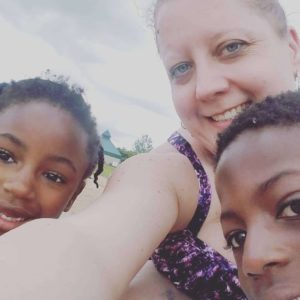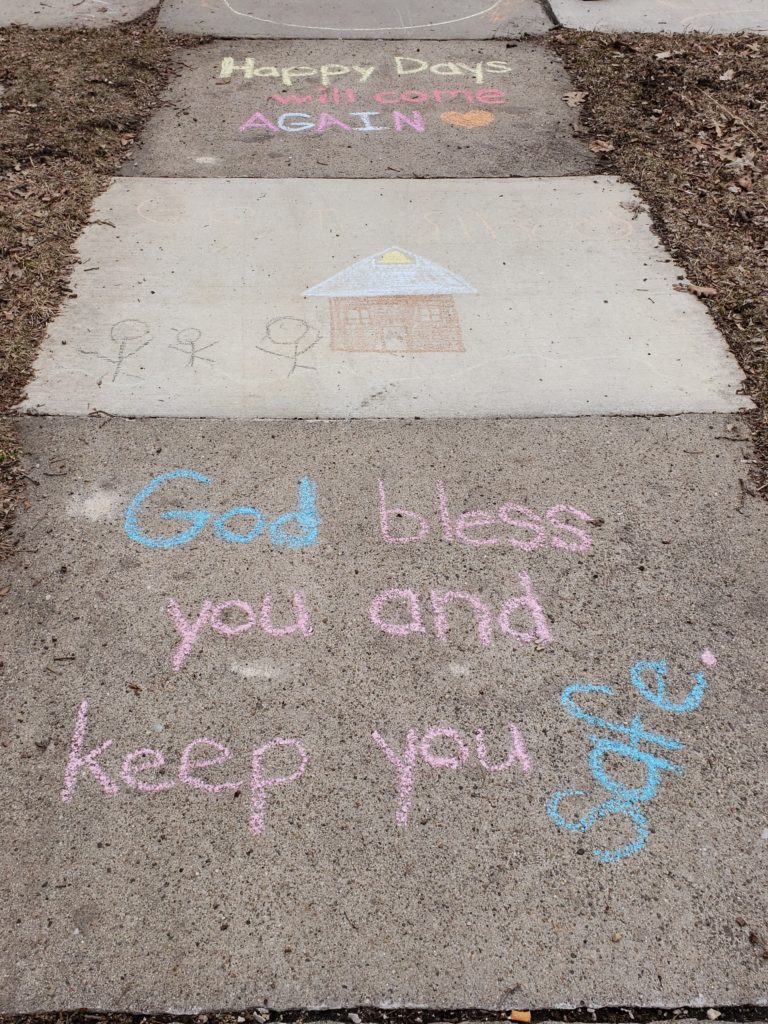life hacksBread Butts


There’s a whole lot I can say to share the story of how we decided to adopt, but I really feel that most of the story of it is their story – my children’s – to individually (or in tandem) share their take on the situation and only as much as they choose. For the most part, they understand they are adopted, they know their birth mom loves them and did her best to keep them safe, and they know that their entire adoptive family loves them, no matter what.

The part that I love to share about their adoption story, however, is that they are biological brother and sister and that theirs was a kinship adoption. For those of you who don’t know what a kinship adoption is, it’s just a fancy way of saying that they are part of our family tree.
I’ll never forget the numerous meetings and conferences we sat through throughout the process of fostering, then adoption, but the one that sticks in my mind the clearest was the last one. It was a meeting that included family members from another state on a video call that had never met both of these cuties; the children we almost two and 5 years old at that point. It also included everyone else (including their biological parents) who had a vested interest in both of the children’s health and wellbeing. The children did not attend.
The most poignant part of that meeting was when the county social worker stated something to the effect of, “We prefer to place children with people who are of the same culture that they come from,” indicating that my husband, who is Mexican, and myself, who is obviously Caucasian, were unfit to raise these children because of our skin color. It didn’t matter to the social worker that both children, statistically speaking, were likely going to have mental health and/or learning difficulties in the future, and my husband and I are both Special Education teachers, highly knowledgable and capable of taking care of whatever came our way if the children ended up having special needs, or the fact that we have a home that suits both children well and is more than big enough to house them, or the fact that we have the means (although definitely not to the point of extravagance) to take care of their most basic needs and wants without needing additional assistance (although any additional would be appreciated), or that we had been doing quite well fostering them for about 4 months at that point, even though it was unexpected that we had taken them into our home as quickly as we had, and we had never had a chance to raise children before they arrived. It also didn’t seem to matter that the part of the family that is African-American had not yet met both children, they also happened to be getting up in age or were dealing with serious health concerns. The social worker also didn’t seem to blink when these family members stated that they didn’t feel well-equipped to take care of two children who were so young at that point. No, the social workers only wanted the children’s “new” family’s skin color to match theirs.
Now, I get it. Things are probably a lot easier for children when they “look like” they “fit” into an adoptive family, but is it right to think that’s the only thing that matters? I seriously hope not!
Their biological mom was understandably upset by this statement and proceeded to tell everyone that she did not care what the family of her children looked like, but she cared the most about how they treat her children. She wanted them to be taken care of and loved. She wanted them to grow up and be successful. She wanted them to be able to live safely in a stable home. She wanted her adoptive mom to do her daughter’s hair. Skin. Color. Didn’t. Matter.

Now, I can tell you with assurance, we have had a bit of a learning curve since these cuties have become our children. We have addressed topics with them that we would’ve probably not needed to address with veracity had we birthed children of our own. Yes, we would have addressed racism with our birth children, no matter what, but there is a different level of conversation that takes place in a household with three different races sharing a family bond. It’s both beautiful and scary. I have found myself actively looking for ways to plug the kids into their culture, whether it be by making sure they have the *only* black doctor on staff or by watching hairstyle videos with my daughter to learn how to recreate the latest trends in her hair, or by going to adoption “fun days,” or we just sit and talk about what is happening in the culture of the day. God has definitely led me to some amazing places for and with these children.
It’s awesome, though, what my children have taught me about human connection; the visceral need to feel loved and appreciated. I’m continually learning how to parent well – Lord knows, I fall hard many times each day, but thankfully, children are forgiving even when my spouse may not be. Times can be both difficult and exciting, but that doesn’t mean that we can’t continue to love others, regardless (and maybe even because of) our differences. I’m pretty sure we all still have a lot to learn in this area of relationship-building.
Transracial adoption has changed me. I am so much better for it, and our children are pretty darn amazing, too!